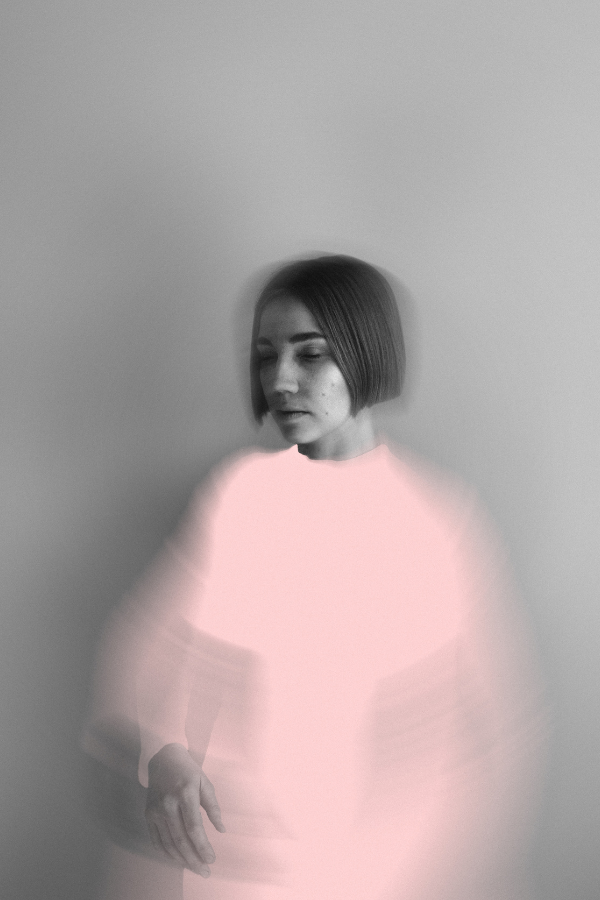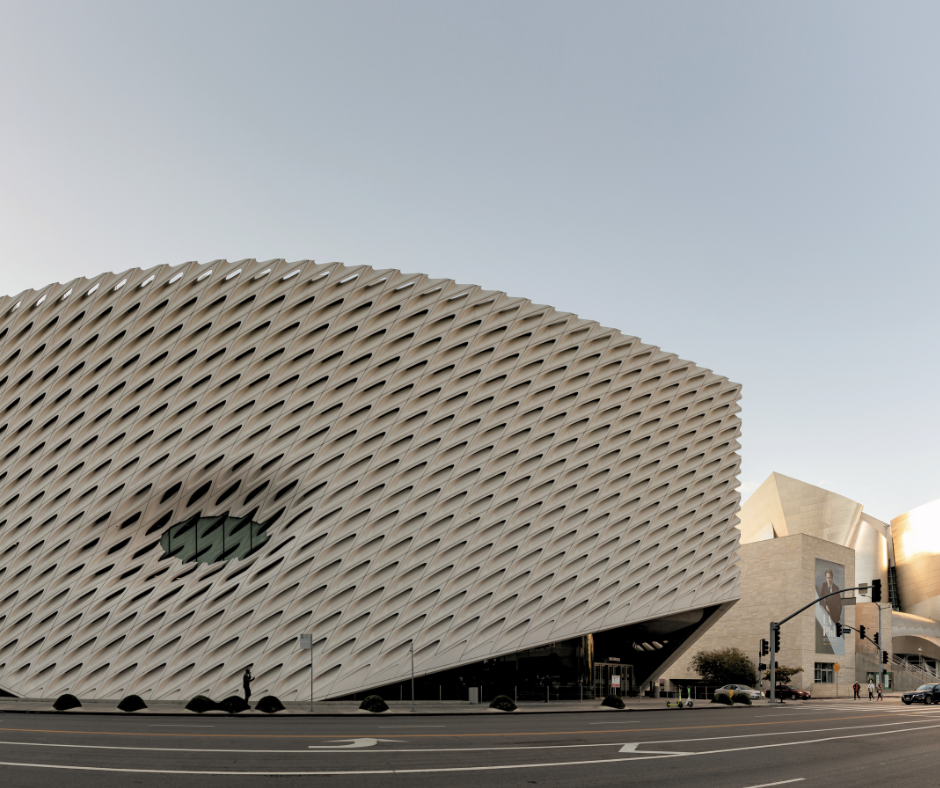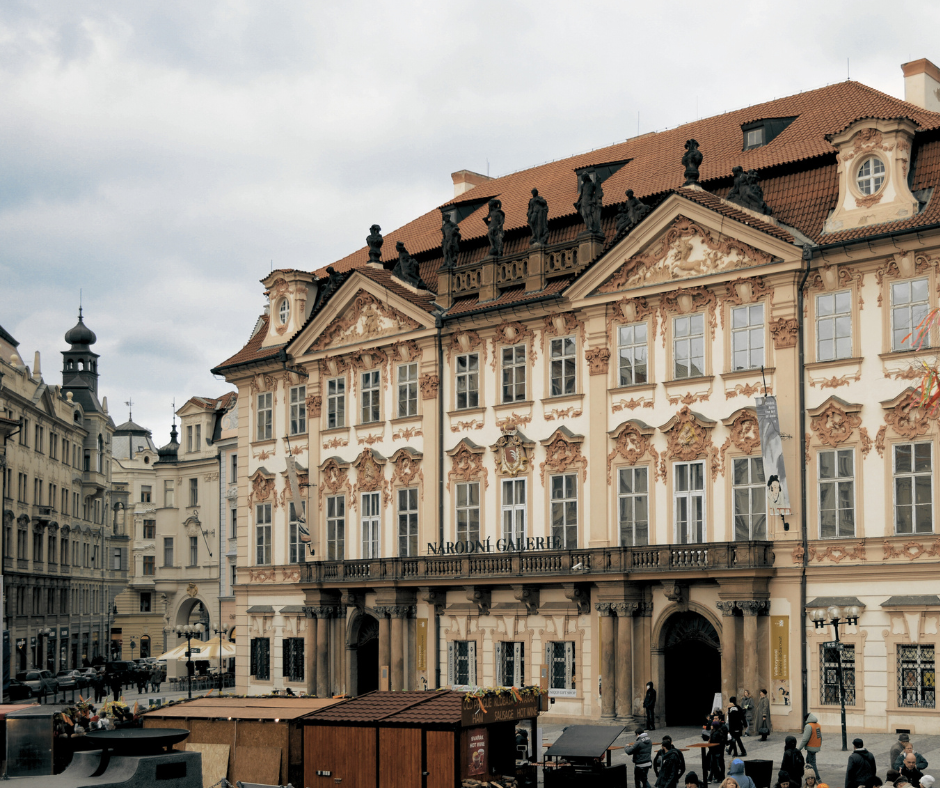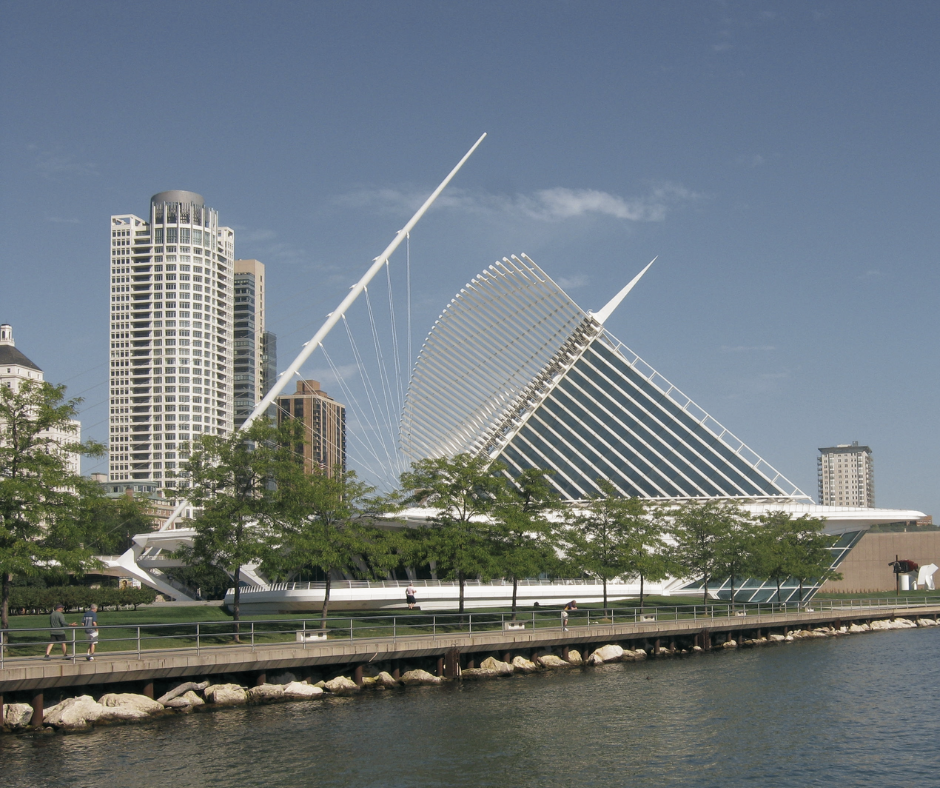

Our Selection of the Many Art Museums Milwaukee Has to Offer
Summary
This article delves into Milwaukee’s vibrant art scene, highlighting its historical and contemporary significance through a tour of its most esteemed art museums. From the architectural marvel and diverse collections of the Milwaukee Art Museum to the social-engagement focus of the Haggerty Museum of Art at Marquette University, the elegance of the Villa Terrace Decorative Arts Museum, and the cultural richness of the Charles Allis Art Museum, each institution offers unique insights into the city’s artistic heritage. Supporting the arts through patronage and volunteerism is emphasized as crucial for fostering a thriving future for Milwaukee’s community and its cultural landscape.
Reflection Questions
- How do the architectural styles and historical contexts of Milwaukee’s art museums contribute to the city’s cultural identity?
- In what ways can art serve as a catalyst for community engagement and social change within urban environments like Milwaukee?
- Reflect on the role of patronage and volunteerism in the arts. How can individuals and communities benefit from supporting local art initiatives?
Journal Prompt
Reflect on a visit (real or imagined) to one of Milwaukee’s art museums. Consider the artworks that captured your attention, the architectural and design elements of the museum, and the overall atmosphere. How did the experience influence your perception of art and its role in society? Describe any particular pieces that resonated with you and explore why they had an impact. Consider how this experience might inspire you to support the arts in your own community.
Milwaukee’s art museums not only house diverse collections that span centuries and continents but also serve as crucial spaces for dialogue, education, and inspiration. They reflect the city’s social fabric, showcasing how art has been a pivotal force in shaping Milwaukee’s identity and community. This article will guide you through the most esteemed art museums of Milwaukee, including the iconic Milwaukee Art Museum with its breathtaking architecture, the Haggerty Museum of Art’s contemporary focus, the elegance of the Villa Terrace Decorative Arts Museum, and the historical charm of the Charles Allis Art Museum. Whether you’re drawn to classical paintings, captivated by contemporary photography, or intrigued by historical narratives, Milwaukee’s art museums await to enrich your understanding and appreciation of the
From Contemporary Works to Antique Artifacts: Our Guided Tour of Milwaukee Art Museums
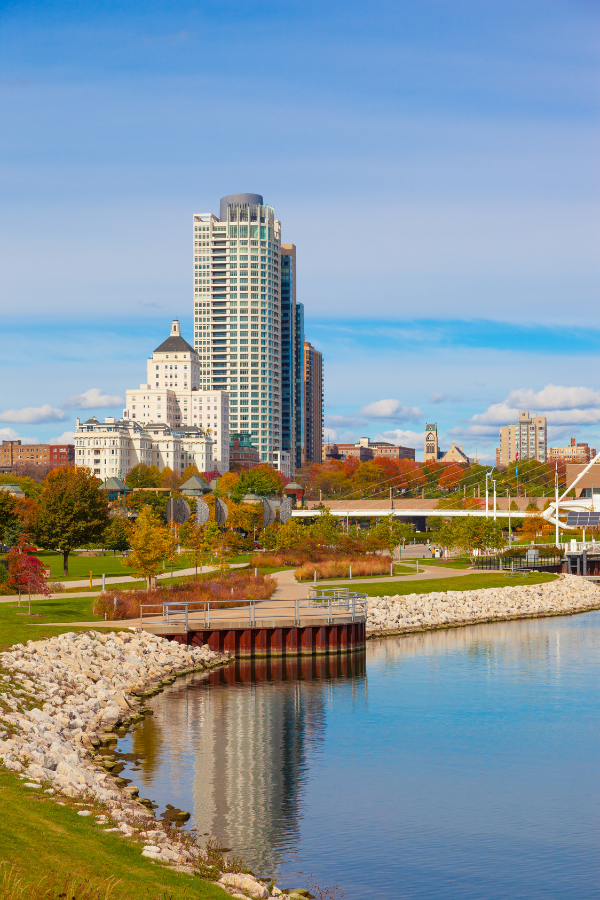

Anchored by renowned institutions like the Milwaukee Art Museum with its stunning architecture and expansive collections, the city also thrives on the energy of smaller galleries, avant-garde art spaces, and grassroots initiatives. From the historic Third Ward’s galleries to the creative rejuvenation in the Walker’s Point and Bay View neighborhoods, Milwaukee offers a canvas where traditional and contemporary art forms converge.
This bustling art ecosystem is further enriched by numerous art festivals, street murals, and community art projects, making Milwaukee a compelling destination for artists and art lovers alike, who are drawn to its inclusive and innovative artistic community. Let’s explore!
The Milwaukee Art Museum (MAM)
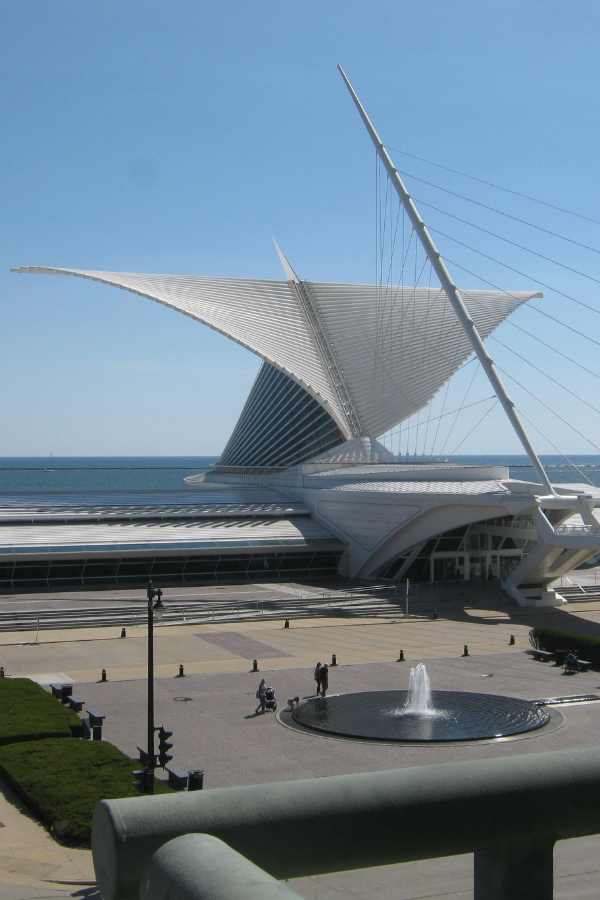

The Milwaukee Art Museum (MAM) is a paragon of artistic excellence and architectural marvel on the shores of Lake Michigan, drawing visitors not only for its extensive art collections but also for its striking design. The museum’s history stretches back to its founding in 1888, evolving into a landmark that encompasses the iconic Quadracci Pavilion, designed by Santiago Calatrava, and the classic Windover Hall, known for its soaring, bird-like structure that harmonizes with the natural landscape. MAM’s collections are vast and varied, featuring over 30,000 works that highlight American Decorative Arts, profound German Expressionism, vibrant folk art, and rich Haitian art, presenting a panorama of artistic endeavor.
Fuel your creative fire & be a part of a supportive community that values how you love to live.
subscribe to our newsletter
*please check your Spam folder for the latest DesignDash Magazine issue immediately after subscription


The museum is also renowned for its engaging exhibitions and educational programs that cater to a wide range of interests, from historical retrospectives to contemporary art explorations. Visitors are welcomed to immerse themselves in this artistic haven with practical visitor information readily available, including admission fees, which are waived for members and children under 12, and opening hours, with the best times to visit being weekdays to avoid the crowds. MAM not only offers a journey through the art world but also serves as a testament to Milwaukee’s cultural depth and architectural innovation.
The Haggerty Museum of Art at Marquette University
Established with a mission to educate, innovate, and inspire, the museum curates a diverse array of artworks that challenge and engage with pressing social issues. Its collections are rich in contemporary pieces that span a variety of mediums, reflecting on themes such as social justice, environmental concerns, and the human condition.
Beyond its role as a gallery, the Haggerty places a strong emphasis on educational programs and community engagement, offering workshops, lectures, and interactive tours designed to foster a deeper understanding and appreciation of art’s power to influence society. Visitors are encouraged to partake in these enriching experiences, with the museum providing free admission to ensure accessibility to all. The Haggerty Museum of Art stands as a testament to the role of art institutions in stimulating conversation and thought, inviting visitors to explore the depths of contemporary art and its relevance to today’s world.
Enjoy free admission!
The Warehouse Art Museum
The Warehouse Art Museum, founded by private collectors Jan Serr and John Shannon, is a unique addition to the vibrant art scene of this city, emphasizing its evolving cultural landscape. Situated in a repurposed industrial space, this museum showcases an eclectic mix of contemporary art, including paintings, sculptures, and multimedia works, with a focus on both emerging and established artists.
Serr and Shannon’s vision for the museum was to create an accessible space that fosters creativity, dialogue, and education, making art more approachable for the community and visitors alike. By hosting a variety of exhibitions and events, the Warehouse Art Museum not only enriches Milwaukee’s artistic offerings but also serves as a testament to the transformative power of art in urban regeneration and cultural development.
The Villa Terrace Decorative Arts Museum
Nestled on a bluff overlooking the picturesque shores of Lake Michigan, the Villa Terrace Decorative Arts Museum is a testament to Milwaukee’s architectural and artistic grandeur. Originally constructed in the 1920s as a grand Renaissance-style villa for the Lloyd Smith family, it now serves as a public museum, captivating visitors with its elegance and historical depth. The museum’s collection focuses on decorative arts from the 15th to the 18th centuries, with a special emphasis on wrought iron, showcasing the intricate craftsmanship and artistic trends of the era.
A highlight of the Villa Terrace is its meticulously restored Renaissance Garden, an oasis that offers tranquility and a glimpse into the landscape design of the past. The museum hosts various events throughout the year, enhancing its appeal as a cultural hub. Visitors are encouraged to check the museum’s calendar for special events and exhibitions, and to enjoy the accessibility and unique experiences the Villa Terrace offers, including stunning views and a step back into a bygone era of elegance and artistic achievement.
The Charles Allis Art Museum
The Charles Allis Art Museum, housed in a historic mansion once owned by the prominent Milwaukee businessman Charles Allis and his wife, Sarah, is a cultural gem reflecting the city’s rich artistic and historical heritage. Built in the early 20th century, this Tudor-style mansion has been meticulously preserved to showcase its original beauty and significance. The museum’s collection emphasizes American and European art from the 17th to the 20th centuries, including paintings, sculptures, and decorative arts, offering insights into the artistic evolution and cultural contexts of these periods.
The Charles Allis Art Museum is not just a repository of art; it actively engages the community with a variety of events, exhibitions, and educational programs, fostering an appreciation for the arts and encouraging public participation. Visitors are advised to explore the museum’s calendar for upcoming events and to experience the unique blend of art, history, and community engagement that the Charles Allis offers, making it a must-visit destination for those seeking to immerse themselves in Milwaukee’s artistic and historical richness.
Supporting the Arts in Milwaukee


Supporting the arts in Milwaukee is not just about preserving the city’s rich cultural tapestry; it’s a vital investment in its future and a testament to the community’s commitment to fostering creativity and innovation. The arts scene in Milwaukee thrives on the patronage and volunteerism of its residents, offering myriad ways for individuals to get involved, from supporting local art museums through memberships and donations to volunteering at art festivals or participating in community art projects. This active engagement not only provides essential financial support but also strengthens the bond between the arts and the community, ensuring that the creative sector remains vibrant and accessible to all.
The impact of such support is profound, enhancing the city’s attractiveness as a place to live and visit, stimulating economic development, and promoting social cohesion by bringing diverse groups together through shared cultural experiences. Ultimately, by supporting the arts, Milwaukeeans contribute to a legacy of creativity and cultural richness that will inspire and benefit future generations.
Design Dash
Join us in designing a life you love.
-
What is Tax-Loss Harvesting, Is It Legal, and Does It Build Wealth?
A legal and simple strategy, tax-loss harvesting helps you offset capital gains and grow your wealth by reducing your tax bill.
-
DesignDash Guide: Create the Ultimate Fall Capsule Wardrobe
Build a fall capsule wardrobe to streamline your style, save time, and support sustainability with versatile, high-quality pieces.
-
How to Support a Partner Who is Making a Major Career Change
Wondering how to be a supportive partner during periods of transition? Here’s how to care for your partner (and yourself) during this time.
-
How Dollar-Cost Averaging Can Help You Navigate Market Volatility
Learn how dollar-cost averaging (DCA) can help you grow your wealth with consistency and ease, even during market volatility.
-
Fall Meal Prep: Maximizing Space for Soups, Stews, and Bakes
From decluttering your pantry to creating a cozy prep station you’ll actually enjoy, here’s how to organize your kitchen for fall meal prep.
-
Looking to the Future? Maybe It’s Time to Refresh Your Firm’s Brand
Your interior design business shouldn’t have to rebrand every time you open a new studio or add a new service, but it might need a brand refresh.



